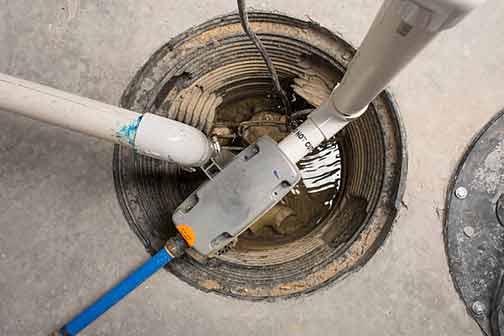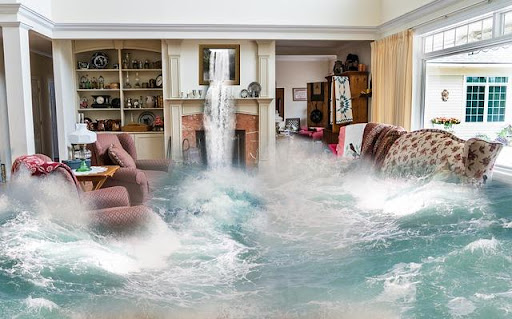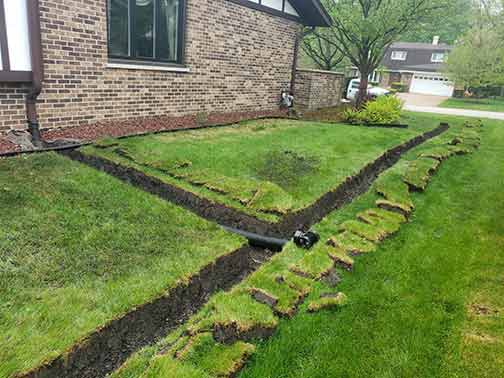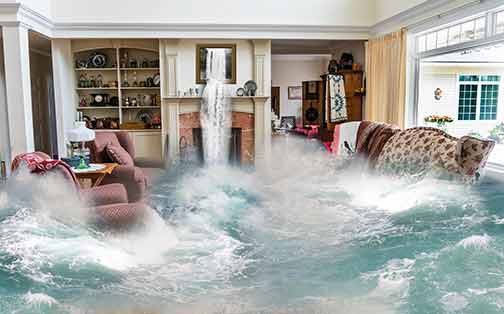The Impact of Midwest Flooding on Homeowners
Flooding is a recurring and devastating natural disaster that affects many regions across the world. One such area that has been severely impacted by flooding is the Midwest, where heavy rainfall and overflowing rivers have caused extensive damage to homes and communities. As a homeowner in the Midwest, it is crucial to be aware of the flooding risks, prepare adequately, and understand the flood control solutions available to mitigate the impact of future flooding events.
Understanding the Causes of Midwest Flooding
The Midwest region is particularly prone to flooding due to various factors. The primary cause of flooding in the Midwest is intense rainfall, which can lead to rivers and streams exceeding their capacity. Additionally, the flat topography of the region and the presence of expansive areas of impermeable surfaces such as concrete and asphalt exacerbate the issue by preventing proper drainage.
Another factor that contributes to the severity of Midwest flooding is the region’s intricate network of rivers and tributaries. When one river overflows, it can cause a domino effect as the excess water flows into other water bodies, overwhelming their capacity and causing widespread flooding.
The Consequences of Flooding for Homeowners
Midwest flooding can have severe consequences for homeowners, both in terms of property damage and personal safety. Floodwaters can infiltrate homes, leading to structural damage, electrical hazards, and the growth of mold and mildew. Possessions and valuables can be destroyed, adding additional financial burdens to already overwhelmed homeowners.
Furthermore, exposure to floodwaters can pose health risks, as it may contain contaminants, pollutants, and harmful bacteria. Homeowners who are not adequately prepared and protected when faced with a flood risk may experience physical injuries or even loss of life.

Monitor local weather forecasts and stay updated on flood warnings and alerts
Preparing for Midwest Flooding
As a homeowner in the Midwest, it is essential to be proactive and take the necessary measures to prepare for potential flooding. Here are some key steps you can take:
Stay Informed:
Monitor local weather forecasts and stay updated on flood warnings and alerts. Sign up for emergency alerts and make sure you have multiple sources of information, such as weather apps, radios, and community notifications.
Create an Emergency Kit:
Prepare an emergency kit that includes essential supplies such as non-perishable food, water, first-aid supplies, batteries, flashlights, and a battery-powered radio. Store the kit in a readily accessible location.
Develop a Family Emergency Plan:
Discuss and develop a detailed family emergency plan that outlines evacuation routes, rendezvous points, and communication methods. Ensure every family member understands their role and knows what to do in the event of a flood.
Secure Important Documents:
Make digital copies of vital documents such as insurance policies, identification cards, and property deeds. Store these copies securely in cloud storage or on a portable device that you can take with you if you need to evacuate.
Evaluate Home Vulnerabilities:
Conduct a thorough assessment of your home’s vulnerabilities to flooding. Identify areas that may be at risk, such as basements, windows, and doors. Consider installing flood-resistant materials and sealants and elevate vital utilities and appliances, such as electrical panels and HVAC systems.
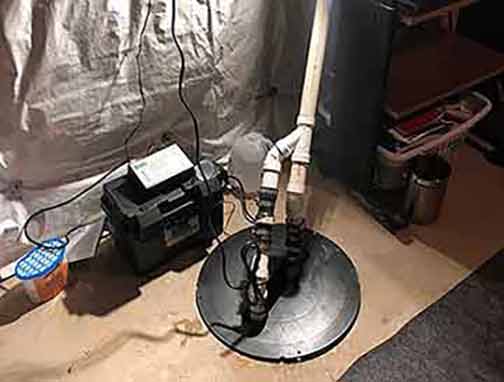
Installing a sump pump in your basement or crawl space can be an effective measure to prevent water from accumulating and seeping into your home.
Flood Control Solutions for Homeowners
While it is not possible to eliminate the risk of flooding entirely, there are several flood control solutions available to homeowners in the Midwest that can help mitigate the impact of flooding. Here are some effective measures:
Sump Pumps:
Having a sump pump installed or crawl space can be an effective measure to prevent water from accumulating and seeping into your home. A sump pump automatically detects rising water levels and pumps it away from your home’s foundation.
Flood Barriers:
Flood barriers, such as sandbags or inflatable barriers, can be deployed around your property to divert floodwaters away from vulnerable areas. These barriers act as temporary shields against rising water levels and can provide valuable time for evacuation or other flood control efforts.
Flood Insurance:
Investing in comprehensive flood insurance is crucial for homeowners in flood-prone regions. Standard homeowners’ insurance policies typically do not cover flood damage, so having flood insurance can provide financial protection in the event of a flood.
Drainage Systems:
Ensure your property has a proper drainage system in place that effectively directs water away from your home. This may involve installing French drains onto your property, redirecting downspouts, or grading your yard to promote proper water flow.
Elevating Living Areas:
If you are building or remodeling your home, consider elevating the living areas to reduce the risk of flooding. Raising the foundation or installing stilts can help safeguard your home against potential floodwaters.
In Conclusion
Flooding in the Midwest is a significant concern for homeowners, given the region’s susceptibility to heavy rainfall and overflowing rivers. By understanding the causes and consequences of Midwest flooding and implementing appropriate flood control solutions, homeowners can minimize the impact of flooding on their properties and ensure the safety of their families. Preparedness, vigilance, and proactive measures are key in mitigating the risks associated with Midwest flooding.

